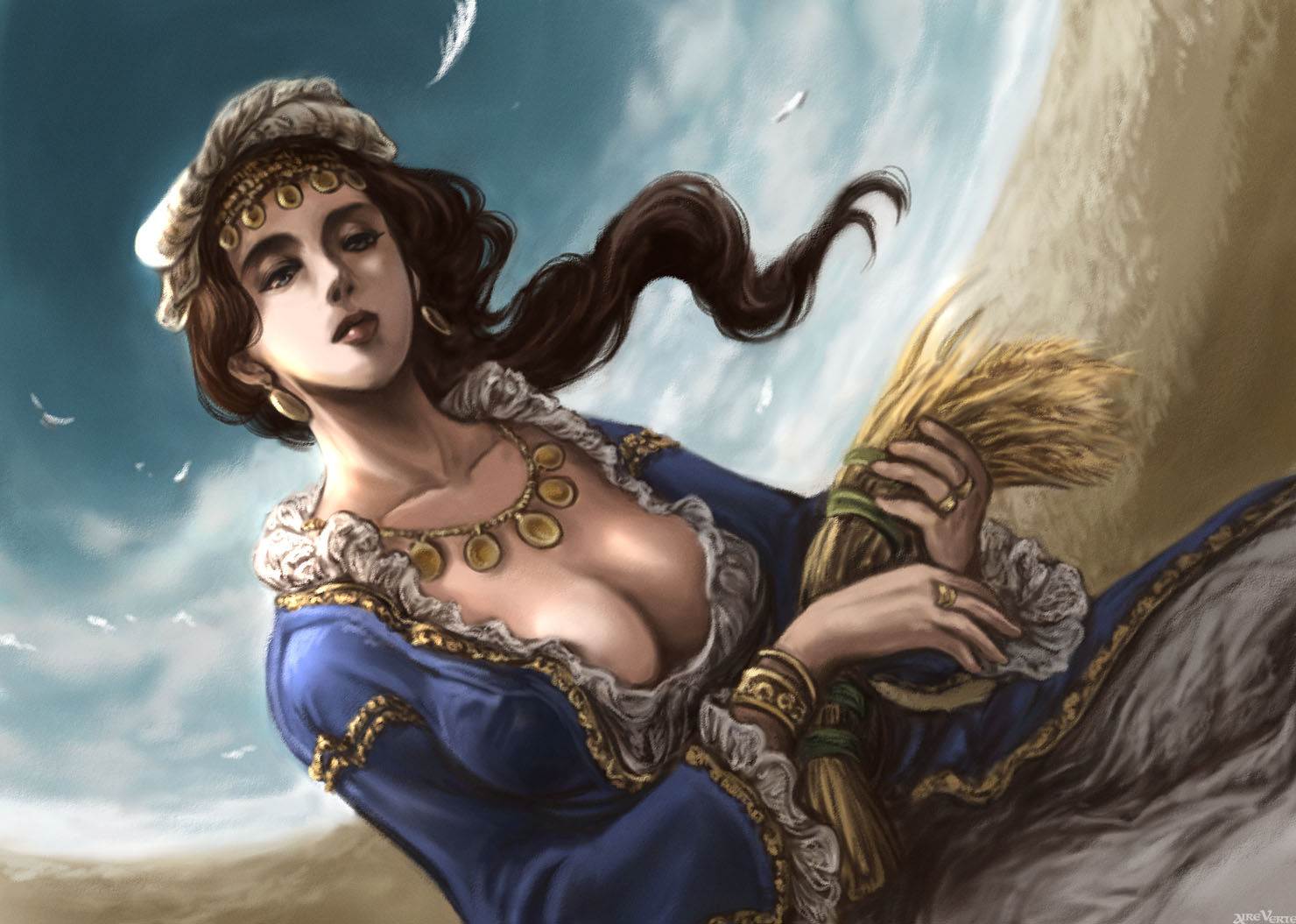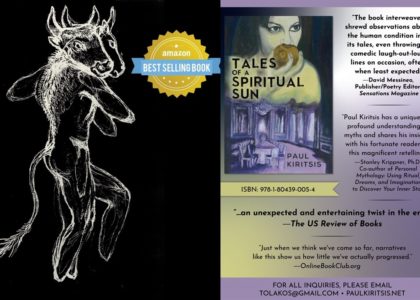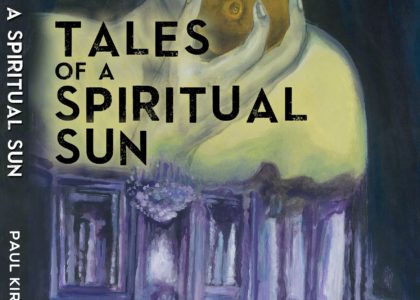
In classical mythology, the goddess Demeter is painted into the cosmological domain as a fundamental aspect of Mother Nature. She was extremely popular with the simpletons and the rustic population of the Hellenic lands, presiding over the fecundity of the earth, agriculture and the cycle of seasons. Her most common epithets were Thesmophoros and Sito, two Greek-route words which denote ‘divine order’ and ‘wheat’ and inextricably link the primordial goddess with the powerful ways and will of Mother Nature. Together with the Olympians Hestia, Hera, Hazes, Poseidon and Zeus, Demeter was the offspring of the Titans Cronus, or Father Time, and Rhea, the Earth Mother. The goddess is ascribed a superficial presence in Homer’s epic poems, the Iliad and the Odyssey, and remains rather neutral in the Trojan War. Nevertheless she was reputed for her fierce independence and her absolute authority over created Nature, traits which evoked envy and jealousy amidst the other divine inhabitants of the cosmos.
Of course her overt sense of liberation and feminism made her a primary target for Olympian gods who enjoyed the thrill of the chase and the many rewards that came afterwards. Poseidon, for instance, pursued her relentlessly for a long time. In one myth that predates the advent of classical Greece, Demeter sought to escape his advances by morphing into a mare and then taking refuge amongst some wild horses. But the god had foreseen this trick. He simultaneously morphed into a stallion and took her unawares as she tried to flee. Their sexual union yielded two beautiful children, a dark horse named Arion and a daughter whose name was known only to initiates of the Arcadian Mysteries.
According to a pre-Hellenic legend, the Olympian god Pluton (or Hades) was a son of Demeter and a Cretan hero named Iasion. Demeter had other children too, but it appears the most favoured was her beautiful, radiant daughter to Zeus, Persephone. An early Homeric Hymn of the eighth century bce recounts the passions of Demeter and Persephone, both of whom would suffer at the hands of Pluton, Lord of the Underworld. One day, or so the myth narrates, Persephone embarked on a small pilgrimage to some nearby meadows for the sake of collecting her favourite wildflowers. Her grace, elegance and beauty did not go unnoticed. Peering through a small crevice in the earth nearby was Pluton, who became enamoured with her at first sight. To successfully abduct her he concocted a conspiracy in which he called on the assistance of his own brother, Zeus, and their mother, Gaea. The latter caused a supernal narcissus to bloom from in between a cluster of rocks, a flower whose form seduced the eye of gods and mortals alike. When Persephone ventured near for a closer look a schism formed in the earth beside the narcissus. Within microseconds the stoic Pluton emerged riding his coal-black steeds, charging straight towards his abductee. Poor Persephone didn’t know what hit her; one minute she was perusing the loveliest flower she’d ever seen, and then next she was being hauled onto a jet-black chariot that was travelling near the speed of light.
The goddess’s anguish coursed through the earth, the mountains and the seas, eventually reaching the ears of her own mother. Demeter, who’d been ruminating on Olympus, immediately dropped what she was doing and began searching frantically for her beloved daughter. For nine days she wondered about the surface of the earth, peering beneath every stone, in every rock pool, trench and grotto, but all to no avail. Her daughter had somehow vanished into thin air. Soon afterwards she was summoned to the abode of the sun god Helios, to his bejewelled palace in the mount of the sky, where she learnt of her daughter’s lamentable fate; Persephone was now Pluton’s prisoner in the grief-ridden and shadowy Underworld. Hurt by Zeus’s betrayal and now riddled with vehemence towards him, Demeter withdrew from communion of any sort and refused to participate in divine or earthly affairs. She inverted her own nature and turned her own thoughts, feelings and ideas inward, severing her connection to the environment and to the cosmos at large. As a consequence the vital life force of the earth was spirited away, leaving behind only an inert carcass; plants and animals died and withered away, the soil was purged of its rich nutrients and skeletons of ghost trees were the only inhabitants of once vital and animistic forests. Coerced into action by the imminent devastation of life, Zeus issued a decree for the immediate release of Persephone from subterranean womb of the deceased. Pluton, who’d been following the succession of events from the Great Below, tricked Persephone into consuming pomegranate seeds before capitulating to the will of his mightier brother. The implications were that Persephone was now bound to the Underworld and its master eternally. After much mediation on Olympus it was eventually decided that each year, Persephone would spend eight months with her mother, Demeter, and four in the company of her newly wedded husband, Pluton. Somewhat appeased by this outcome Demeter proceeded to render the earth fertile once again.
This tale was an allegory fabricated to explain the rotation of the seasons, as well as the exoteric totem pole upon which the pre-Hellenic Eleusinian Mysteries at Eleusis in Greece were based. Sacred to Demeter was the entire earth itself, but particularly plants like wheat, barley, poppy and mint; animals like the gecko, pig and serpent; and birds like the crane, turtledove and screech-owl. Her Latin equivalent is Ceres.









